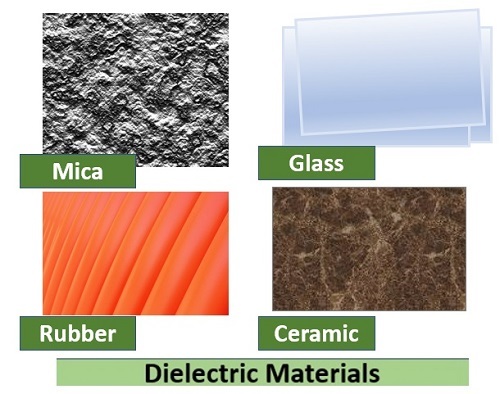Introduction
Dielectrics materials plays a major role while studying Solid State Physics. As we know matter can be found in three states. They are gaseous state, solid state and liquid state. Atoms or ions or molecules combine to form a substance. Solid State Physics is a branch of physics that describes the physical properties of matter in a solid or solid state.
Initially, the field was considered a branch of metals and later, it expanded into a field of study of all types of solids. This field of science is at the forefront of today’s modern science and technology. The sector is particularly important in electronics, integrated circuit design and the development of various sensitive instruments.
What is Dielectric?
- Materials with constant electrical dipoles are called dielectric materials.
- A material is said to be dielectric if it has the property of forming a large number of induced electric dipoles when an electric field is applied to it.
- Also, this material is devoid of free electrons. The behaviour of this material changes due to the action of the electric field.
- Mostly these materials are used to store electrical energy. All electrically conductive materials can be insulators. But not all insulators are necessarily dielectric materials.

Explore our latest online courses and learn new skills at your own pace. Enroll and become a certified expert to boost your career.
What is Dielectric Constant?
- The dielectric constant is the ratio between the permittivity of a medium and the permittivity of a vacuum. The dielectric property of a material can be known by this value.
- The Dielectric constant is the property that determines the distribution of electrical current absorbed by an insulating material. As the dielectric constant increases, the capacitance of the insulating material also increases.
Permittivity of a Vacuum
εr=εε0=CC0εr=εε0=CC0
εε =the permittivity of a medium
ε0ε0 =the permittivity of vacuum
C= the capacitance of parallel plate capacitor filled with dielectric
C0C0 =the capacitance of parallel plate capacitor filled with dielectric in vacuum
- The dielectric constant is a property that measures the electric polarization of a dielectric material.
εr=E0E0−Epεr=E0E0−Ep
E0E0 = applied electric field
EpEp = polarised electric field
If there is more polarization in material then EpEp will be more. So εrεr will be higher in that case.
Dielectric Constant Units
There is no unit for this value. Because the formula for the dielectric constant is εr=εε0εr=εε0
It is the ratio between the same quantities.
εε = the permittivity of a medium
ε0ε0 = the permittivity of vacuum
Dielectric Constant Symbol
The symbol of the dielectric constant is εrεr. In some cases, the dielectric constant is also denoted as k.
k=εε0k=εε0
Hers k is the Greek letter kappa.
The Theory Behind Dielectric Constant
- A dielectric material is a non-metallic material with high electrical resistivity and anti-thermal resistivity. Dielectric materials play a very important role in electronic devices.
- The main characteristic of a dielectric material is that when an electric field is applied, the material becomes polarized.
- The dielectric property of a medium is defined as its permittivity. It indicates the polarization nature of an object. Its unit is faradmeter−1faradmeter−1
For example, the value of permittivity of the vacuum is ε0=8.854×10−12F/mε0=8.854×10−12F/m
Dielectric Constant Value
The Dielectric constant value is calculated by using the formula εr=εε0εr=εε0 For example, the dielectric constant of water is 78.39 at room temperature (25°C or 77°F). The high boiling point of water is due to hydrogen bonding in water. For air, the dielectric constant value is 1.00059 at the same temperature.
Factors Affecting Dielectric Constant
Temperature
- Dielectric materials can also be used in high-temperature applications. These materials should be capable of withstanding high temperatures without affecting other properties.
Frequency
- Discharges occur in dielectric materials at radio frequency ranges when the static dipole moment in the material is rotated by an electric field or if ions are present, they jump from one equilibrium position to another.
Conclusion
Dielectric materials are the materials with constant electrical dipoles. We study about dielectric materials in Solid-state physics. A material is said to be dielectric if it has the property of forming a large number of induced electric dipoles when an electric field is applied to it.
Dielectric constant is the property that determines the distribution of electrical current absorbed by an insulating material. The main characteristic of a dielectric material is that when an electric field is applied, the material becomes polarized. The dielectric constant of water is 78.39 and air is 1.00059. Mica, Rubber, Glass and Ceramic are some examples of dielectric materials.
Leave a Reply